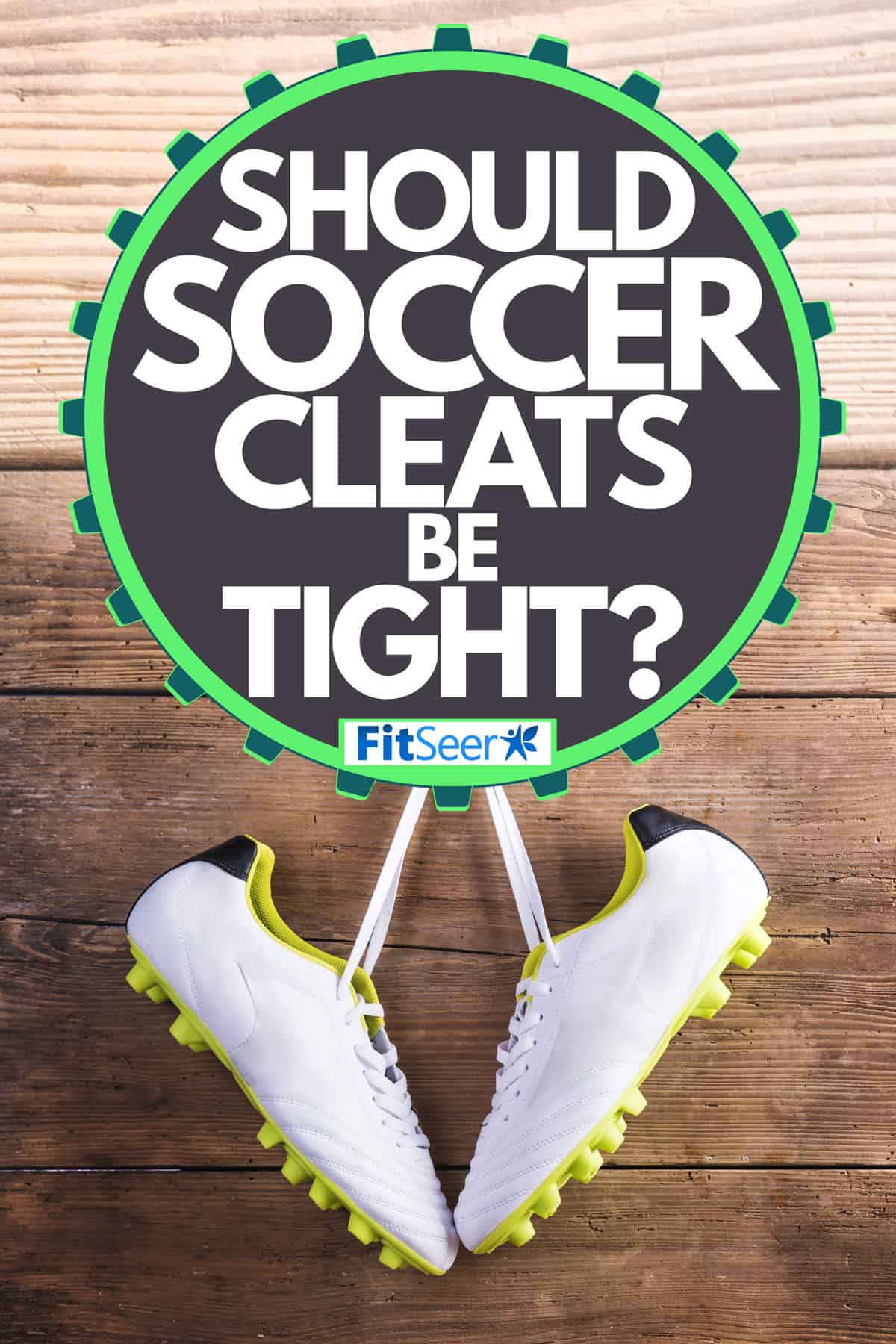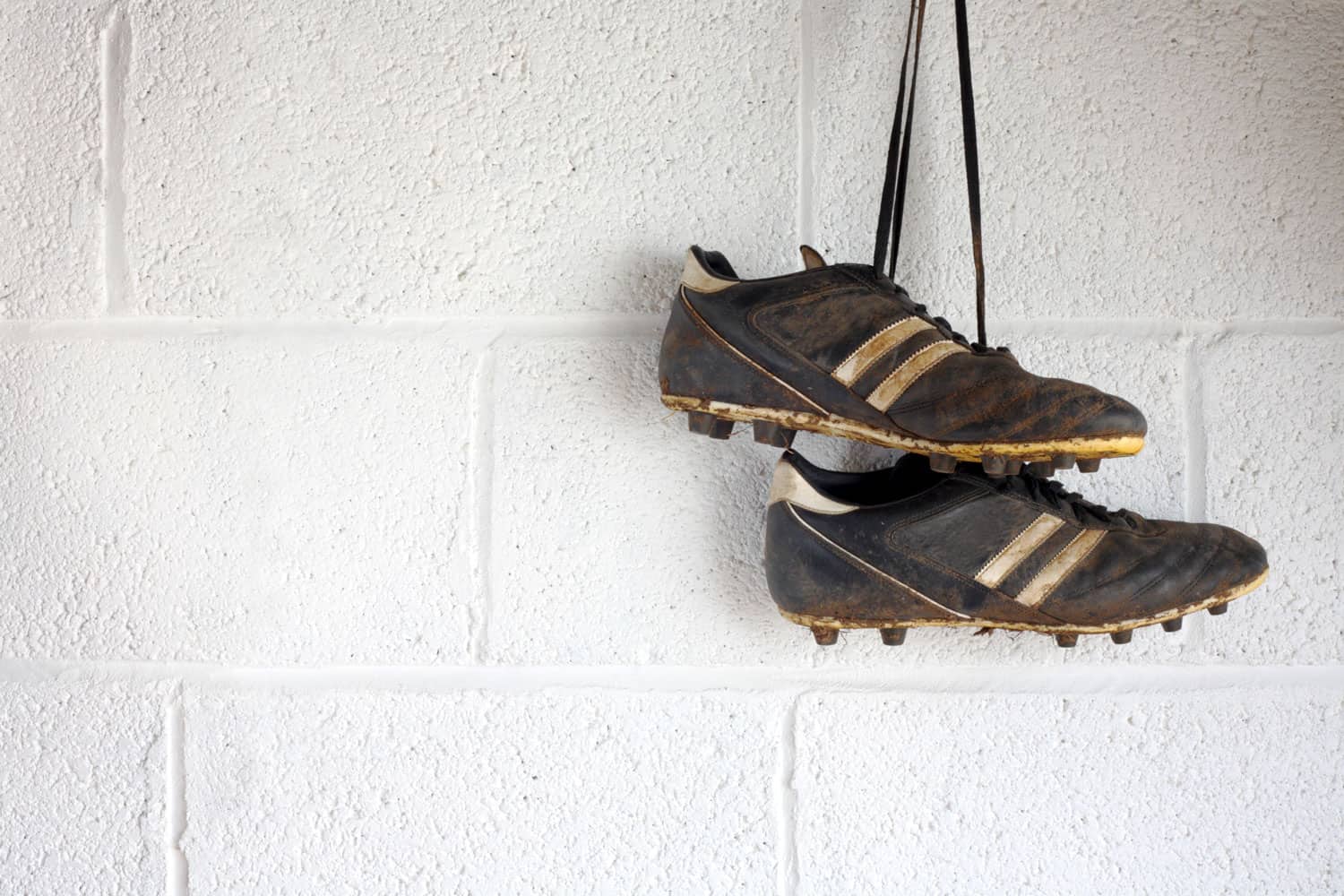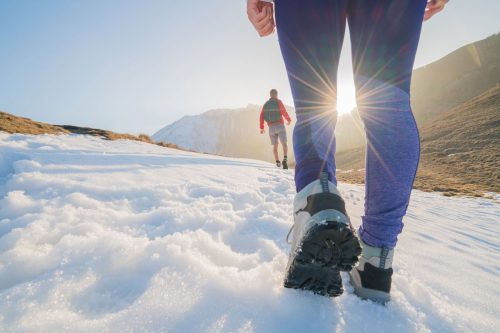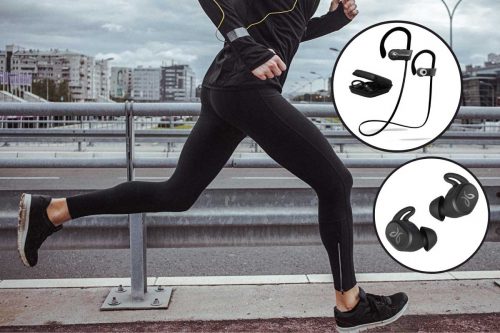Soccer is a fantastic sport that's played all around the world. It's beloved for its simplicity: simply, put the ball in the back of the net to win! Though it's a simple game, the necessary footwear is important. How should your soccer cleats fit? We've consulted the experts on the subject for the answer.
Soccer cleats should fit snugly on your foot. In fact, they should be like an extension of your body. This gives you the most control possible over the ball. However, they shouldn't be tight enough to be painful. Find a good in-between point.
We know that you take soccer seriously, so we're excited to help you get the most out of your cleats. Please read on for more information on how to size cleats, how to make sure they're comfortable, and what to consider when buying them. Here we go!

The Importance Of Cleats That Fit Correctly
One thing that separates average soccer players from the great ones is an excellent feel for the ball. If your cleats are too big, you won't be able to feel the ball as well, leading to inaccurate touches. That's why cleats that are the right size are described as being a second skin or an extension of your body.
Many soccer players prefer cleats that are a half-size smaller than shoes they would wear regularly. A good way to measure is to pick out shoes that are a quarter-inch bigger than your biggest foot. This slight extra space will leave room for your socks, plus the natural swelling that will occur in your feet over the course of a game.
Cleats that are too big, on the other hand, can cause injury. You might trip over them or get pesky blisters. Or, you might find that you bruise your toes or heel if your foot moves around too much in the boot. This is all in addition to the lack of feel for the ball you'll experience with a cleat that's too big.
Just like your fingerprint, your foot's shape and size are unique to you. Even if you know your shoe size, several other factors can determine which cleat is best for you. Arch height, foot width, toe width, and heel size are all important factors. That's why it's best to try out as many different cleats as possible.
How Do You Stretch Out Soccer Cleats?
Stretching your cleats out -- or breaking them in -- is an important step in making sure they're comfortable. Too many soccer players have gotten onto the pitch with brand new cleats, only to be quickly debilitated by foot pain! Before a big game, make sure your shoes have been broken-in correctly. This is important no matter how expensive the cleats, or how well they fit.
Wear Your New Cleats Before Playing
The best way to stretch out soccer cleats is simple: wear them! The more often you wear your cleats, the more likely they'll be to fit on your feet more comfortably. Start by wearing them for short periods of time, around 15 to 30 minutes. Do some light jogging, kick the ball, or juggle a few times. Pay attention to specific spots that hurt, and stop as soon as you feel any pain or blistering.
Apply Vaseline To Your Foot In Tight Areas
If you notice specific spots on the cleat that seem to be rubbing you the wrong way, put a dab of petroleum jelly on your foot in that area. Because your cleats will be snug, the extra lubrication shouldn't be a problem. Ideally, a few days of this will relax the spots that felt uncomfortable.
Heat Tight Areas Of The Shoe
Sometimes an extra step is needed. If your shoes still feel uncomfortable after you've completed these steps, try heating them up with a hairdryer before putting them on. Focus on the problematic spots. After a few minutes of this, the heat should loosen up the material.
Curious about soccer fields and how they're laid out? Check out this article: "How Big is a Soccer Field? [Inc. Dimensions Chart]."
Are My Soccer Cleats Too Small?
The clearest sign that your cleats are too small is if you can't get them on over your foot. If you can't fit inside at all, it might be time to upgrade sizes. Or, if it's a major struggle to fit your foot inside, pick out a bigger size. When we say your cleats are supposed to be tight, that doesn't mean it should be difficult to put them on.
Even if you can get your foot inside the shoe, however, your cleats might still be too small. Another indicator is whether or not the shoe causes pain. Test this by trying to wiggle your toes. Can you do it without pain? If you can't move them or it hurts to try, that's a sure sign that your blood isn't flowing properly, which could be dangerous.
Your feet shouldn't hurt inside your cleat, as this is a sign that they're too small. This principle only applies if you've already worn-in the shoes. Cleats that are still stiff might give you blisters or feel too tough until they loosen up.
Cleats are nice, but the most important piece of equipment on a soccer field? The ball, of course! Check out this article next for a guide to buying the right soccer ball: "How Much Does a Soccer Ball Cost?"
Popular Cleat Sizing
Two of the most popular cleat manufacturers on the planet are Nike and Adidas. They are renowned all over for their durability, fit, and a wide variety of styles. However, some companies make cleats that fit differently than others. Here is what to expect when purchasing Nike or Adidas cleats, plus our recommendations from each brand.
Are Nike Cleats True To Size?
Nike cleats generally run true to size or slightly tighter than normal. This depends on your personal foot and its unique size. Keep in mind that cleats will stretch out slightly as you wear them. Nike has redefined the upper portion of their soccer cleats, using a dimpled microfiber material to give wearers maximum power.
Superfly 6 Academy MG
Click here to view these cleats on Amazon.
Mercurial Vapor 12
Click here to view these cleats on Amazon.
Junior Mercurial Superfly V CR7
Click here to view these cleats on Amazon.
Do Adidas Cleats Run Big Or Small?
By most metrics, Adidas cleats run true to size. However, one foot sizing metric that we often ignore is the width of the shoe. If you decide to go with Adidas cleats, you might want to pay attention to it. This is because Adidas cleats often run wider than other brands.
Compared to Nike, Adidas cleats are known for being lighter and more agile, if not as sturdy. If you're looking for a great shoe that gives you quickness and flexibility, Adidas might be perfect.
Predator 18.1
Click here to view these cleats on Amazon.
X 17.1 Soft
Click here to view these cleats on Amazon.
X 17.2 Firm
Click here to view these cleats on Amazon.
In Closing

It's important that your soccer cleats fit correctly. In order to perform to the best of your abilities, make sure they fit snugly on your foot. Think of them like a second skin. This will give you maximum feel for the ball. The best way to make sure they feel comfortable is to break them in by wearing them for short periods of time.
With the right cleats, you're on your way to winning every game. Good luck!







![Read more about the article What Pants Do You Wear Snowboarding? [3 Options inc. examples]](https://fitseer.com/wp-content/uploads/2020/10/A-fully-geared-snowboarder-with-a-gradient-colored-goggles-trekking-on-the-snowy-trails-of-a-mountain-side-500x333.jpg)




